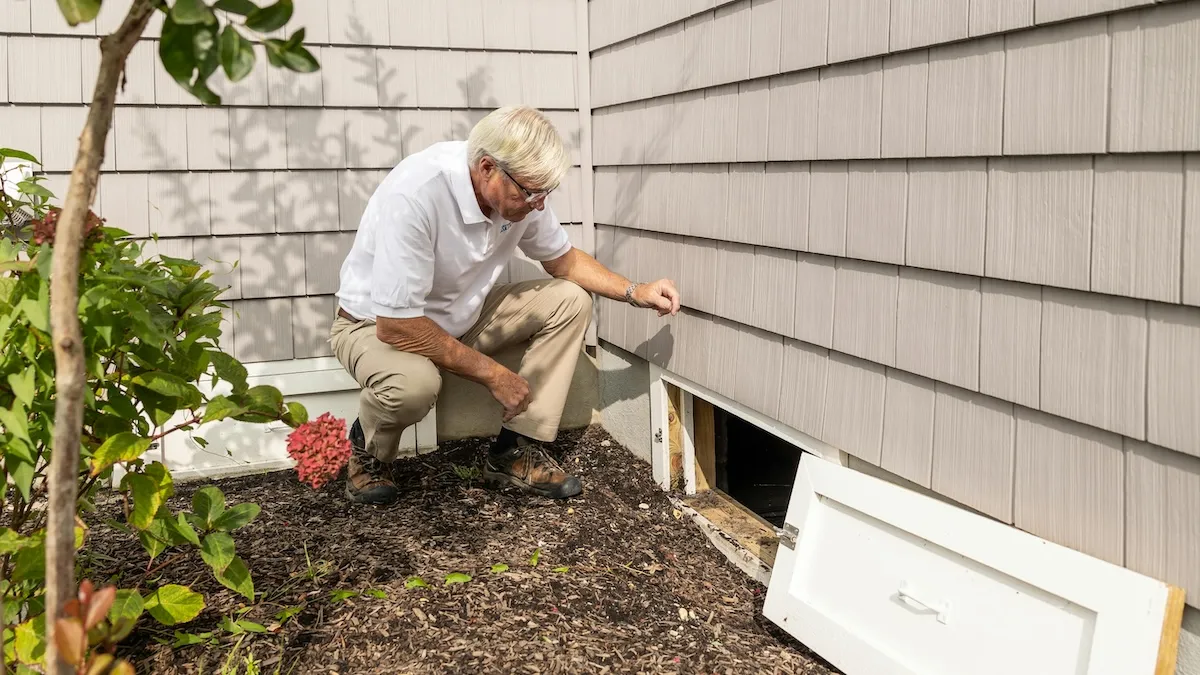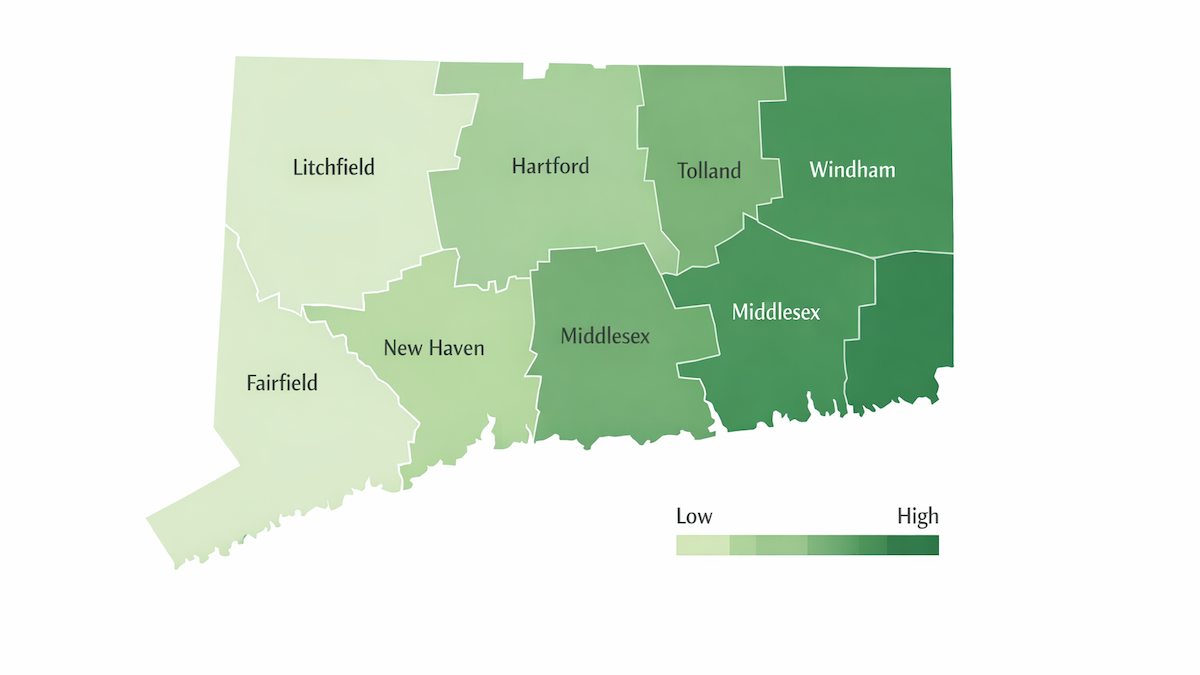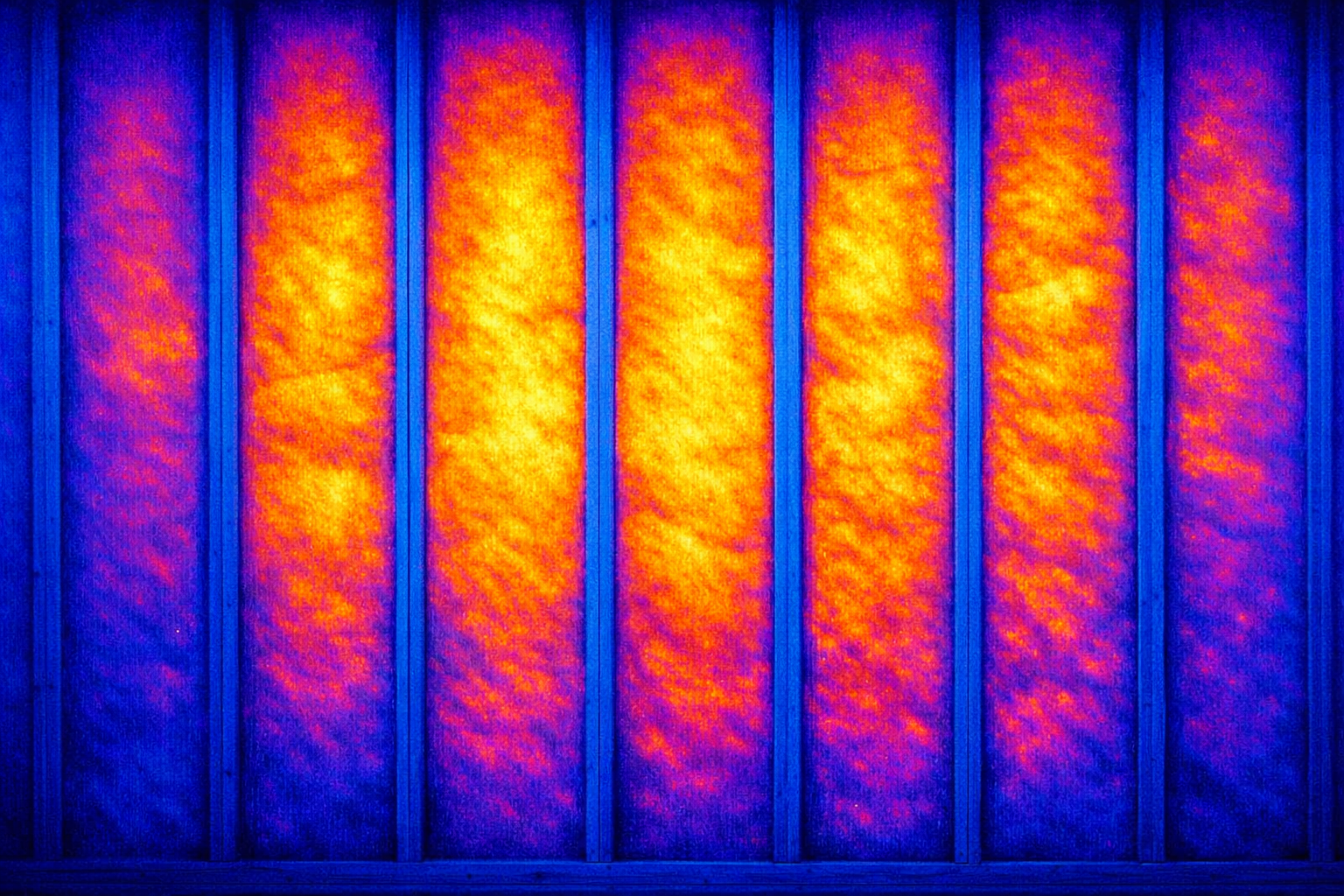What Is the Best Insulation for a Crawl Space?

If your floors feel cold in winter or your home smells a little... earthy after a rainstorm, your crawl space might be the reason. Most folks never give it a second thought—until they’re dealing with mold, drafts, or energy bills that look like a second mortgage. That’s the thing about crawl spaces: they’re out of sight, but not out of mind when it comes to how your home performs.
In Connecticut, where weather swings from humid summers to icy Nor’easters, insulating your crawl space isn’t just a nice-to-have—it’s essential. Done right, it keeps moisture out, warm air in, and critters where they belong (anywhere but under your house). Done wrong—or not at all—and you’re inviting mold, rot, and sky-high heating costs.
So what’s the best crawl space insulation? Spray foam? Fiberglass? Foam board? We’ve tested them all. This guide breaks it down in plain English—no sales fluff, just real-world pros and cons—so you can make the right call for your home and your wallet.
The Real Question: What Makes an Insulation Type “Best”?
Let’s clear something up: there’s no one-size-fits-all answer when it comes to the best crawl space insulation. Anyone who tells you otherwise probably sells one product and calls it a day.
Here’s the truth—what works best depends on what you’re working with. Got a vented crawl space with good airflow? That’s a different playbook than a damp, musty crawl with a dirt floor. Planning to fully encapsulate with a vapor barrier and seal it tight? Now we’re talking a whole different set of rules.
To figure out the right material, we look at six things:
- Moisture resistance – Can it handle humidity without growing a mold farm?
- Air sealing – Does it block drafts and keep outdoor air from creeping in?
- R-value – How well does it slow down heat loss?
- Durability – Will it stay put, or fall to the floor in five years?
- Install method – Are we insulating the subfloor, the walls, or the whole crawl?
- Cost vs. performance – What gets you the most bang for your buck?
If your crawl space is damp or flood-prone, for example, you need something that won’t absorb water or fall apart—spoiler alert: fiberglass doesn’t make the cut. That’s where options like closed-cell spray foam or rigid foam board shine, especially when paired with proper crawl space encapsulation insulation.
Bottom line: The best insulation does more than just pass code—it solves your specific problem. That’s what we aim for every time.
Option 1: Closed-Cell Spray Foam (The Gold Standard for Encapsulation)
If you’re serious about sealing your crawl space tight—like “forget-it’s-even-there” tight—closed-cell spray foam is the heavyweight champ. It’s what we reach for when a homeowner wants long-term performance, moisture control, and insulation all in one shot.
Why? Because this stuff doesn’t just insulate—it air seals and acts as a vapor barrier, too. Spray it on the crawl space walls and rim joists, and you’ve created a shell that blocks moisture, drafts, and even pests.
What makes it great:
- High R-value per inch
- Water resistant
- Air sealing power
- Adds structural strength
Now, is it the cheapest option? Not by a long shot. But if you're after a one-and-done solution that performs year-round and pays you back on your energy bills, this is the one to beat.
Option 2: Rigid Foam Board (Budget-Friendly for Encapsulation)
If spray foam is the Cadillac, rigid foam board is the dependable pickup. It gets the job done without draining your wallet.
These boards (typically polyiso or XPS) are installed on crawl space walls and sealed at the seams. When combined with a floor vapor barrier, they create a solid moisture and thermal barrier.
Why we use it:
- Good R-value
- Moisture resistant
- Long-lasting and clean
- More affordable than spray foam
This setup works great in encapsulated crawl spaces where you want durability and performance—without breaking the bank. Just make sure the seams are sealed, or pair it with some spray foam for a tighter air seal.
Option 3: Fiberglass (What Not to Use in a Damp Crawl Space)
Let’s just say it: fiberglass insulation and crawl spaces don’t get along. We find it all the time—soaked, sagging, and moldy. It may be cheap up front, but it often turns into a money pit down the line.
Why it fails in most crawl spaces:
- Absorbs moisture
- Supports mold
- Falls down over time
- Rodents love it
Unless you’ve got a bone-dry, well-vented crawl space (rare around here), skip it. And if you’ve got old fiberglass under there now? Check out our insulation removal service—we’ll get rid of it and set you up with something that works.
Option 4: Blown-In Cellulose (Only in Certain Crawl Space Setups)
We love blown-in cellulose for attics and walls—but it has a very specific use case in crawl spaces.
If you’ve got a dry, vented crawl space and want to insulate the floor joists from below, cellulose can be a smart move. It air-seals better than fiberglass and resists pests and mold (thanks to its borate treatment).
But if there’s any chance of moisture, it’s a no-go. Cellulose absorbs water and will settle or rot over time. Use it only in the right conditions, and you’ll be happy. Use it in a damp crawl, and you’re back to square one in a few years.
Bonus Consideration: Vapor Barrier vs. Insulation – What’s the Difference?
A vapor barrier is not insulation, and insulation is not a vapor barrier.
- Vapor barrier: a plastic sheet laid across the crawl floor to stop ground moisture.
- Insulation: blocks heat transfer—either along the floor or the crawl space walls.
If you want your crawl space to stay dry and efficient, you need both. A vapor barrier keeps moisture out. Insulation keeps heat in. Skipping either one usually leads to problems—either comfort issues or moldy headaches.
When in doubt, ask us to take a look. We’ll tell you what you need—and what you don’t.
Real Talk: Is Crawl Space Insulation Worth It in Connecticut?
Here’s the bottom line: insulating your crawl space is absolutely worth it—especially here in Connecticut, where the weather throws everything at your home in a single year.
What you gain:
- Warm floors in winter
- Lower energy bills
- No more musty smells
- Less mold and rot
- Better home value
We’ve been fixing crawl spaces since 1977. When it’s done right, you only have to do it once.
How Much Does Crawl Space Insulation Cost in Connecticut?
Here’s a rough idea of what homeowners around here are paying:
- Fiberglass (floor only): $1.50–$2.50/sq ft
- Blown-in cellulose: $2.00–$3.50/sq ft
- Rigid foam board: $3.50–$5.50/sq ft
- Spray foam (full encapsulation): $5.00–$8.00+/sq ft
Your price depends on crawl size, access, current condition, and whether you’re adding a vapor barrier or drainage. We’ll give you a clear, honest quote before we touch a thing.
Common Crawl Space FAQ's
How do I know if my crawl space needs new insulation?
You’ll know your crawl space needs new insulation if you notice cold floors, musty odors, rising energy bills, or visible issues like sagging insulation, mold, or rodent activity. Moisture on the vapor barrier is another red flag. These signs often mean your crawl space insulation is failing or missing entirely.
Should I insulate the crawl space walls or the subfloor?
Insulate crawl space walls if the space is encapsulated, as this keeps it within your home’s thermal envelope. For vented crawl spaces, insulate the subfloor between joists. Using the wrong method can lead to cold floors or moisture problems, so the choice depends on whether the crawl space is sealed or ventilated.
Can I insulate my crawl space myself?
You can insulate your crawl space yourself, but it’s risky unless the space is dry, accessible, and you understand proper materials and methods. DIY attempts often skip critical steps like air sealing or moisture control, which can lead to mold, rot, or insulation failure—resulting in costly redos.
What’s the difference between open-cell and closed-cell spray foam in a crawl space?
The main difference between open-cell and closed-cell spray foam in a crawl space is moisture resistance. Closed-cell foam is dense, water-resistant, and doubles as an air and vapor barrier—ideal for Connecticut’s damp conditions. Open-cell is cheaper but absorbs moisture, making it unsuitable for below-grade use.
Will insulating my crawl space help with humidity in the rest of the house?
Absolutely. A poorly sealed crawl space acts like a moisture engine, pumping damp air into your home’s living areas—especially if you’ve got hardwood floors or HVAC ducts running overhead. A properly insulated and sealed crawl helps control indoor humidity, improves air quality, and even protects your flooring from warping or cupping.
Conclusion: Choosing the Right Insulation for Your Crawl Space
So, what’s the best crawl space insulation?
That depends on your setup. But the right choice will block moisture, seal air leaks, and actually last.
We’ll help you choose the right material for your home—not just the most expensive one.
At Nealon Insulation, we’ve been doing this since 1977. Crawl spaces, attics, walls—you name it. We don’t do shortcuts, and we don’t push products you don’t need. Just smart solutions that make your home feel better and cost less to run.
Related Articles
Let's Work Together
Ready to transform your home into an energy-efficient haven? Schedule your free energy assessment today and experience the Nealon difference for yourself.



